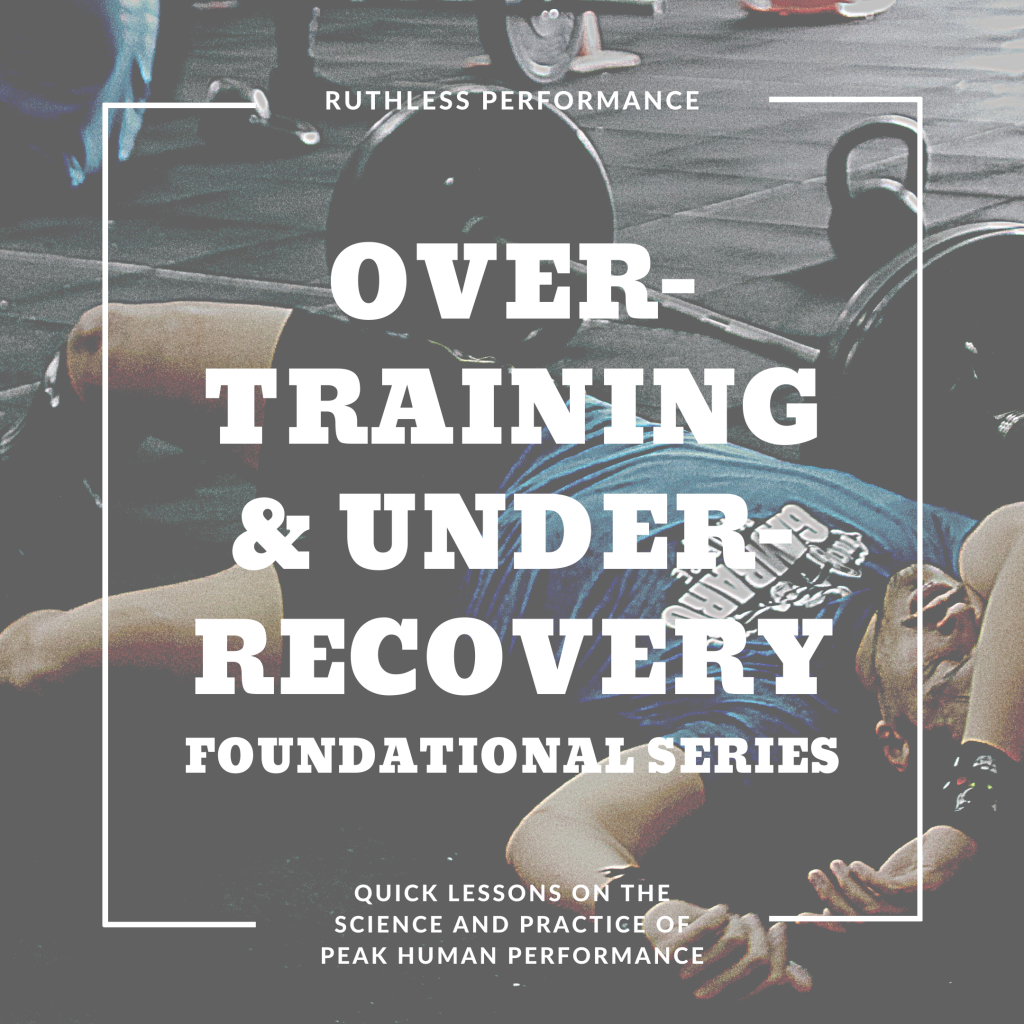Q. Should I Use a Deload Week at the End of Each Training Cycle?
The concept of ‘deloading’ finds its way into many lifters’ training programs far too early in their careers. Deloading typically refers to any time within a training cycle where there is a sizeable cutback in volume, load, intensity, or variable otherwise, and can at times even refer to the halt of training altogether for days or even weeks at a time. This is done to prevent ‘overtraining’ and expedite the restoration of the central nervous system, training motivation, or improvement of other performance factors.
At higher levels of competition or training status this is a very common practice; but does it need to be?
Grueling, high-level performance training can take a toll on an athlete’s ability to recover. By taking a few days off, the thought is, that this break in training will allow a return to baseline, or at the very least, a return to more favorable training conditions.
Smart coaches may schedule deloads to coincide with a scheduled vacation or to allow for some extra rest prior to a competition… But this may not be the best strategy.
Programs from Ruthless Performance typically have some type of ‘deload’ built into the program. This can be subtle, as is typical with our programming ranging from youth athlete to very experienced trainees. Here, the deload is programmed in at the very beginning of each training cycle (our week 1 of a 4-week cycle).
In placing the deload at the beginning of each 4-week cycle, the strain on the central nervous system is minimized, while building an athlete into new exercises. Since volume and intensity build throughout each cycle, week-1 is the lowest volume and intensity—a common goal of traditional deloads.
By introducing new exercises during this period, motor-learning is at its highest. This allows for a full week of enhanced motor control and proprioceptive learning, while deloading the central nervous system of taxing inputs. Then, in week-2, more volume is usually added, and so on, until the final week. The final week is not necessarily an athlete’s final week of training with us, but rather, the final week of the athletes current mesocycle.
The brilliance of this training style is that it allows for new learning, motor adaptation, strength, and conditioning, to all be built throughout the same cycle. It also minimizes time spent away from the gym, allowing for more consistent progress week-in and week-out.
In short, I do recommend a deload, just not in the traditional sense. Backing off of volume and intensity after a 4-week build by switching in new exercises allows for continuous progress and all of the benefits of traditional deloading.
Also remember that an accumulation of training stressors is usually caused by lifestyle factors leading to subpar training recovery. Before thinking about deloading by taking weeks off at a time, consider sleep quality, nutrition, and recovery strategies more broadly. Rigorous training isn’t your problem, redlining yourself with bad habits is.

